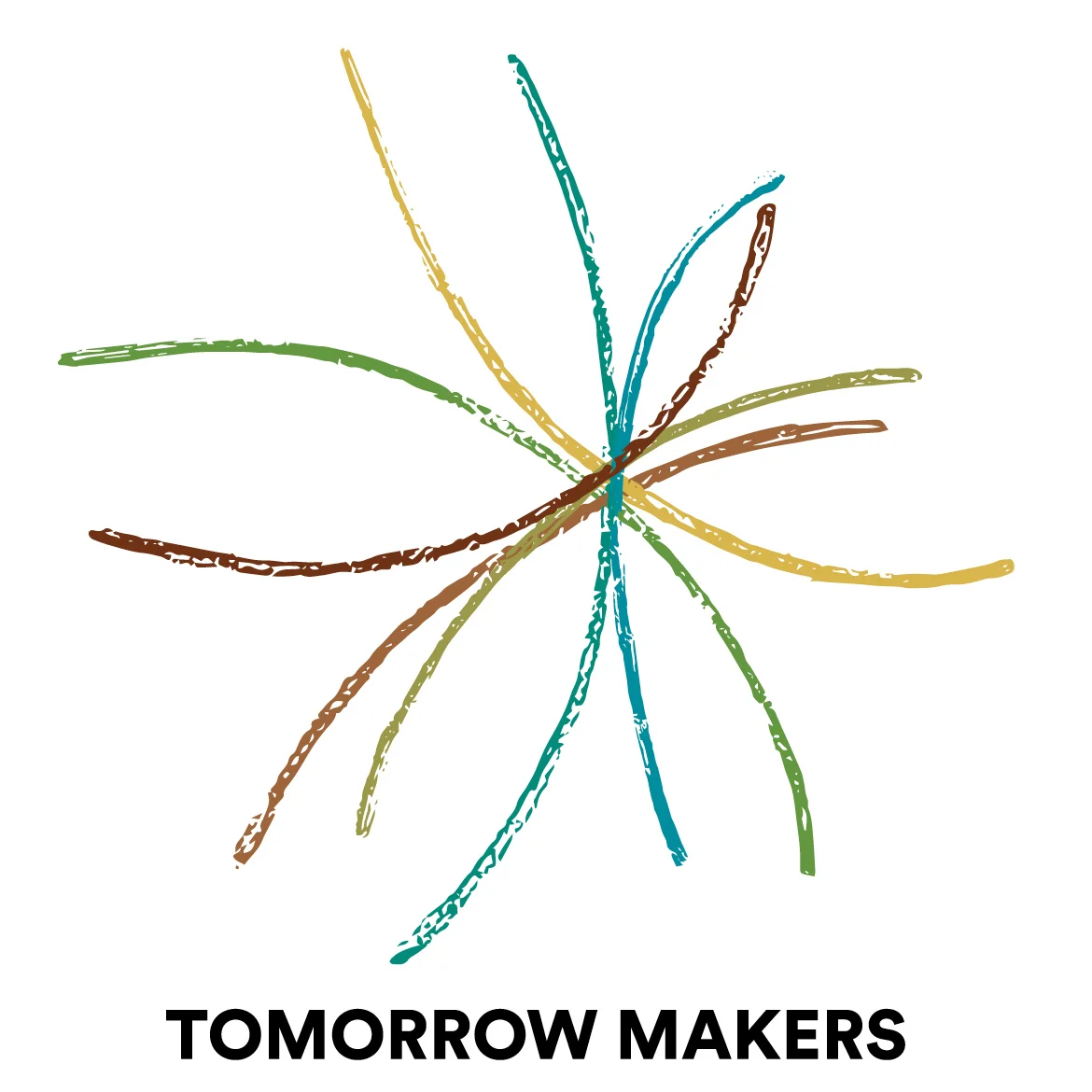A World Without Answers
/"The Swarm master coaches, 'Loosen all attachments to the sure and certain.'"
Kevin Kelly, Out of Control, Hive Mind, page 25
It used to be we could rely on answers. If we did not know the answer, we could ask our parents, or a teacher, consultant, expert, the government, etc. All of our lives we have passed or failed tests because we knew or didn't know the right answer. We competed, climbed to the top of our class or corporate ladder and got tenure because we published answers that gave instruction to others.
The deeper I get into complexity science the more I come to know that looking for answers is often a hinderence to my learning. Complexity is about processes and patterns and these are recursive, iterative and adaptive! I do feel like Alice must have felt at times. How do I know what I know? Where am I on the certainty level?
"'It was much pleasanter at Home,' thought poor Alice. 'when one wasn't always growing larger and smaller, and being ordered about by mice and rabbits. I almost wish I hadn't gone down that rabbit hole..."
Alice in Wonderland, Lewis Carroll
I am currently reading Panarchy: Understanding Transformations in Human and Natural Systems. It is exhilerating because I am learning -- or maybe a better word, groking -- much from reading the thoughts and stories of the authors. Indigenous cultures tell us there is no such thing as knowledge as a noun; rather knowledge is a verb, a continually coming to knowing.
Take the concept of sustainability. The authors write about two ways of looking at stability. One definition -- the more traditional one --concentrates on stability near an equilibrium steady state, where resistance to disturbance and speed of return to the equilibrium are used to measure the property. This is called engineering resilience and it is the popular one because it has more certainty written into it.
The second definition emphasizes conditions far from any equilibrium steady state, where instibilities can flip a system into another regine of behavior, or stability domain. In this case resilience is measured by the magnitude of disturbance that can be absorbed before the system changes its structure by changing the variables and process that control behavior. This is called ecosystem resilience and it lacks certainty and control. Yet, it proves to be the viable one in the long run because it takes into consideration all the variables of fast and slow, short and long, young and old. Ecosystem has nested hierarchies all working in an interoperable fashion, each perturbing and following the others.
Instead of efficiency, design for redundancy. Instead of certainty, design for surprises. Instead of control, design for for flexibility. It seems we have been doing it all wrong. We tend to think we know what sustainable looks like in a region by counting and culling deer, or wolves, or mountain lions. We tend to believe that a region can deal with only so many elephants because of how destructive they are to trees they need for food. Everything is counted in dollars and we do "our best" to sustain this perfect balance. Unfortunately, our best, reduces resilience. It creates artificial breaks in the fast and slow cycles. It fails to understand and see variables within complex systems as strengths. Surprises don't have a chance. Escaping to a higher order is not an option under this form of management. Collaspe is very possible.
I look forward to more reading, more learning, more explorations. What a time to be alive and to have a chance to shape this new paradigm. Carefully though ...

